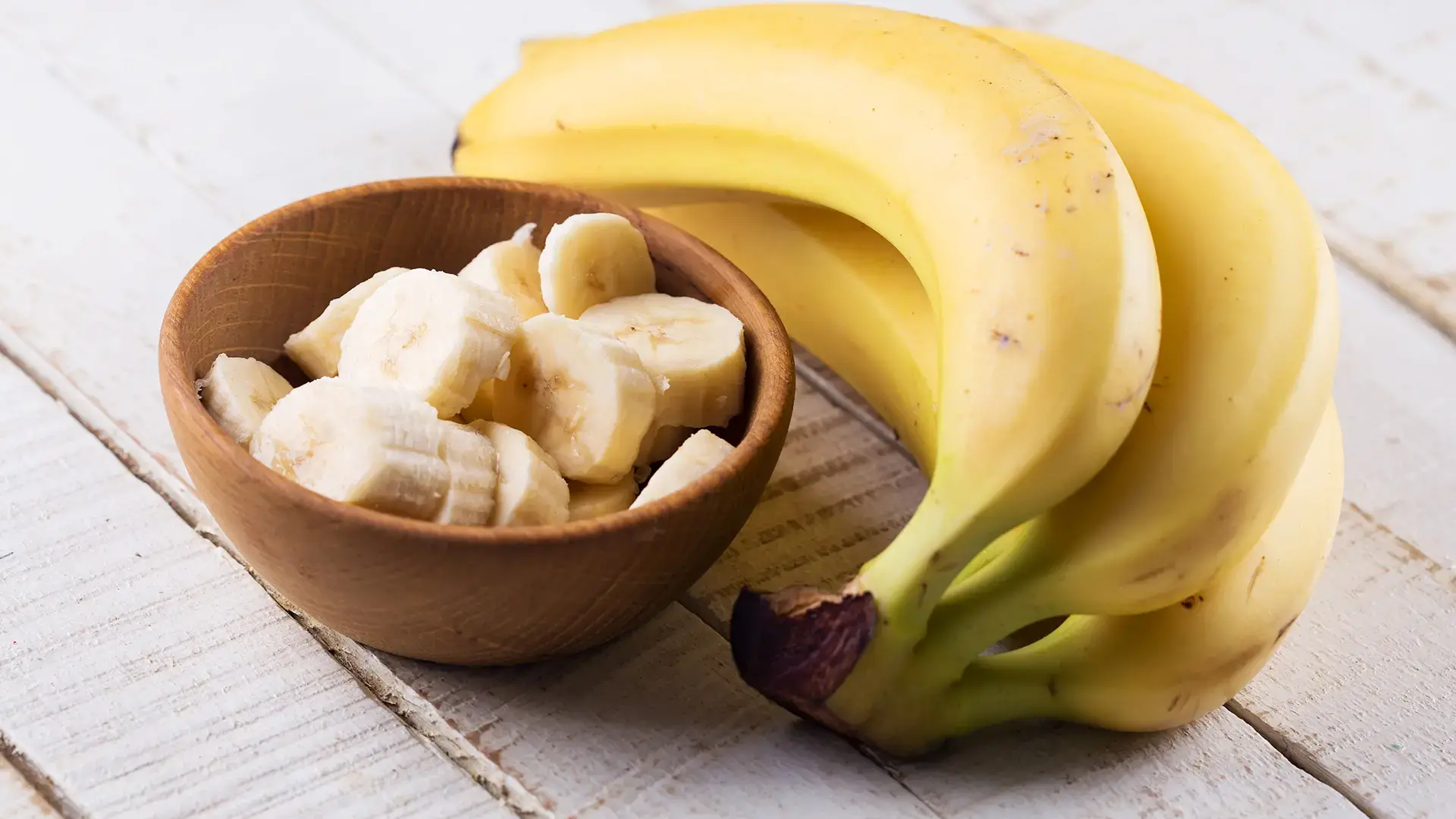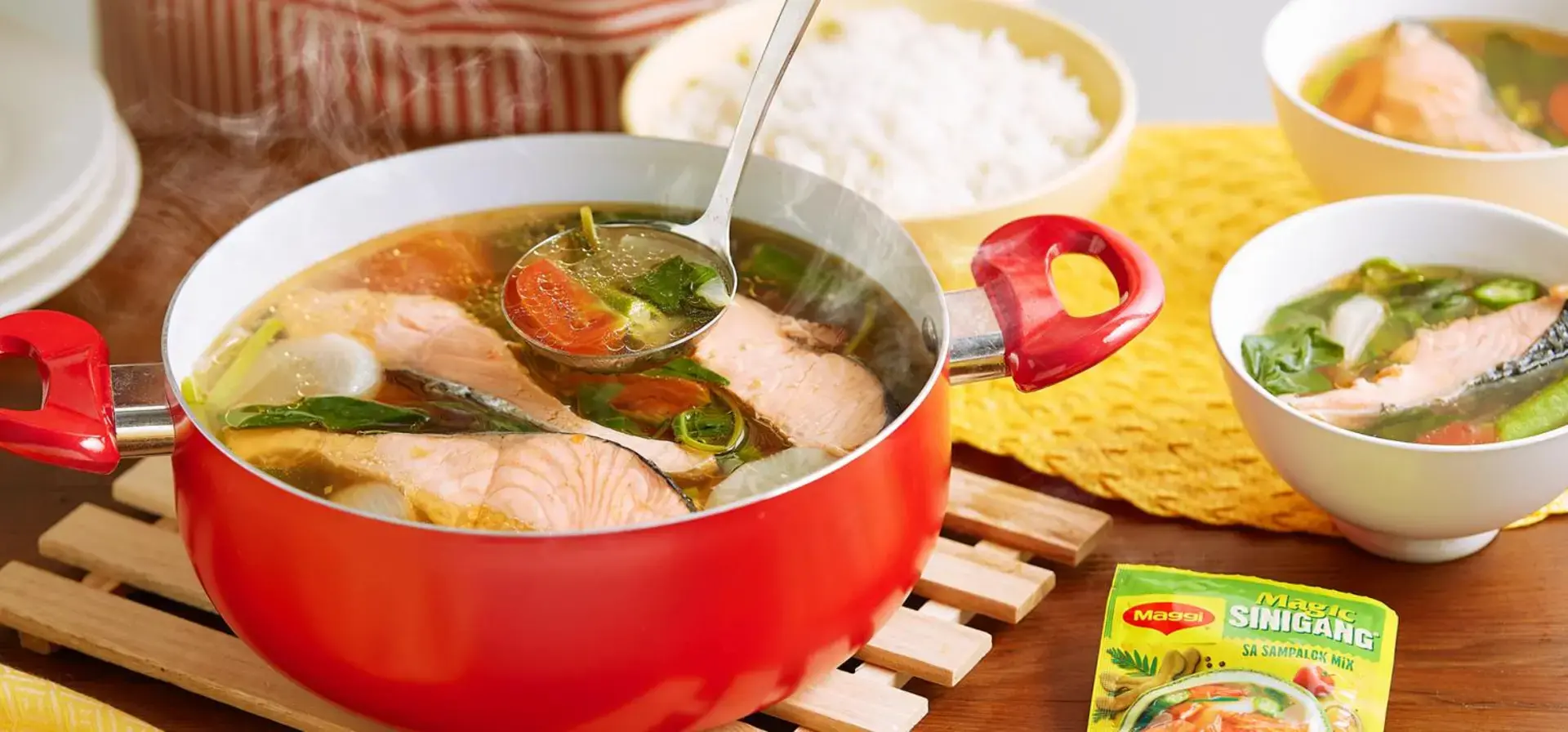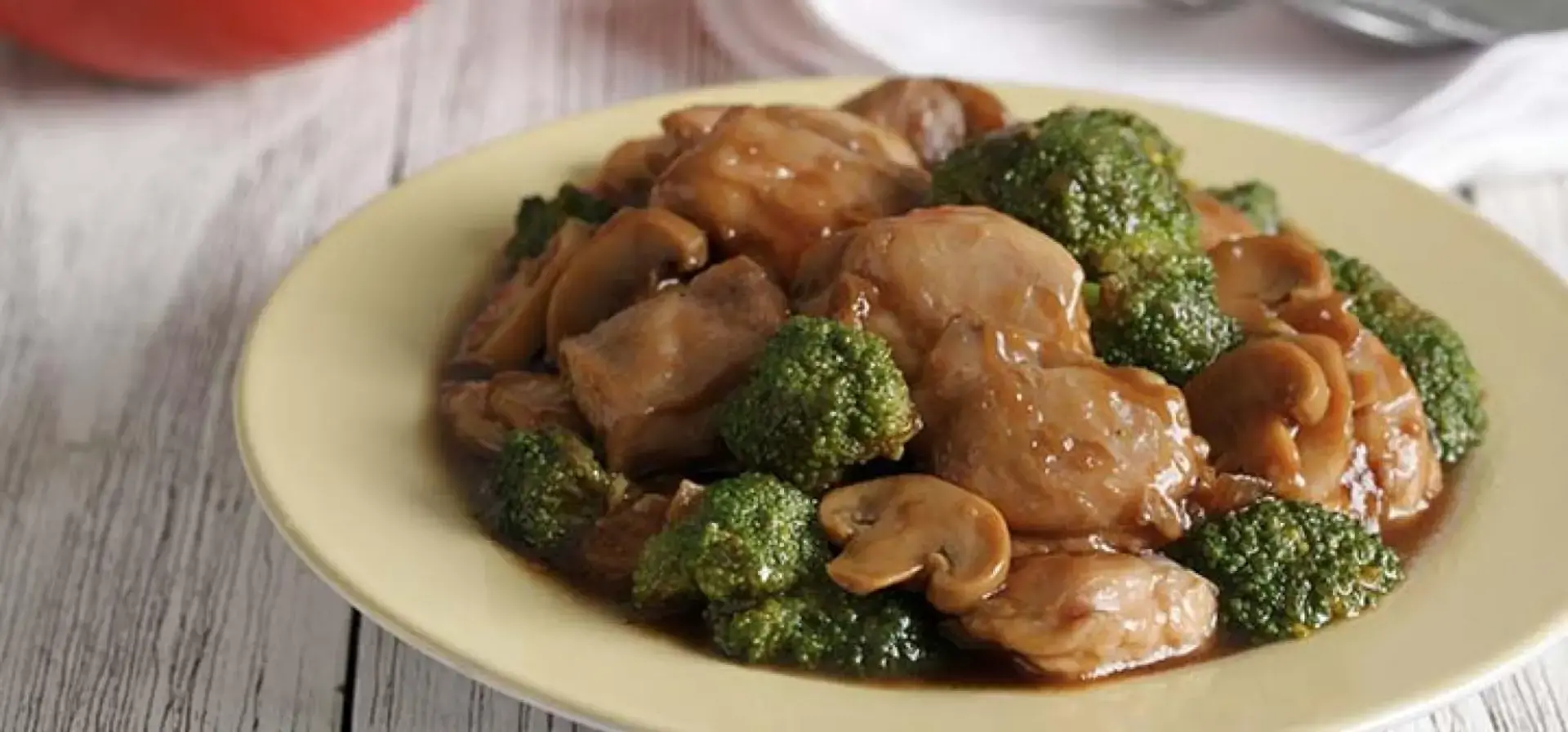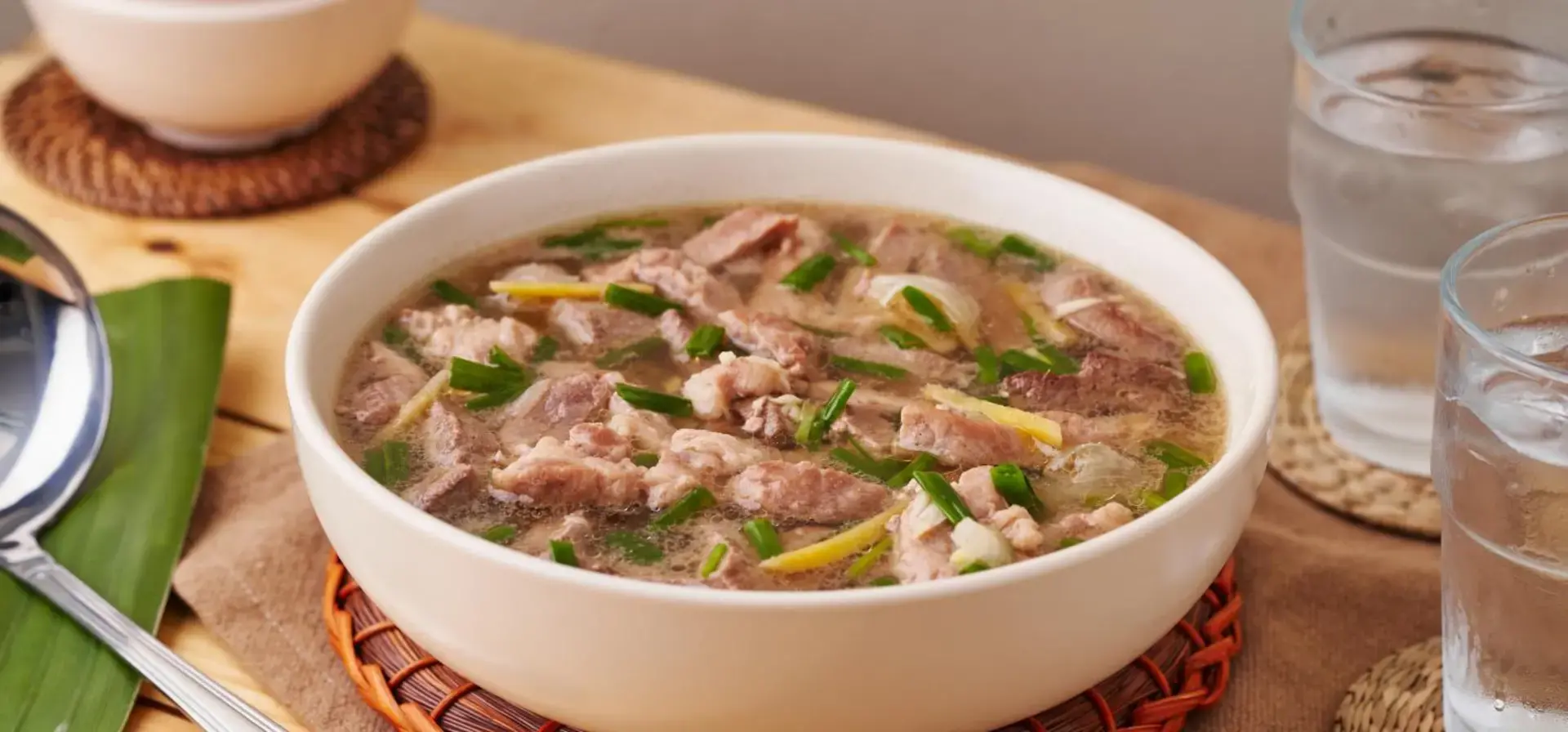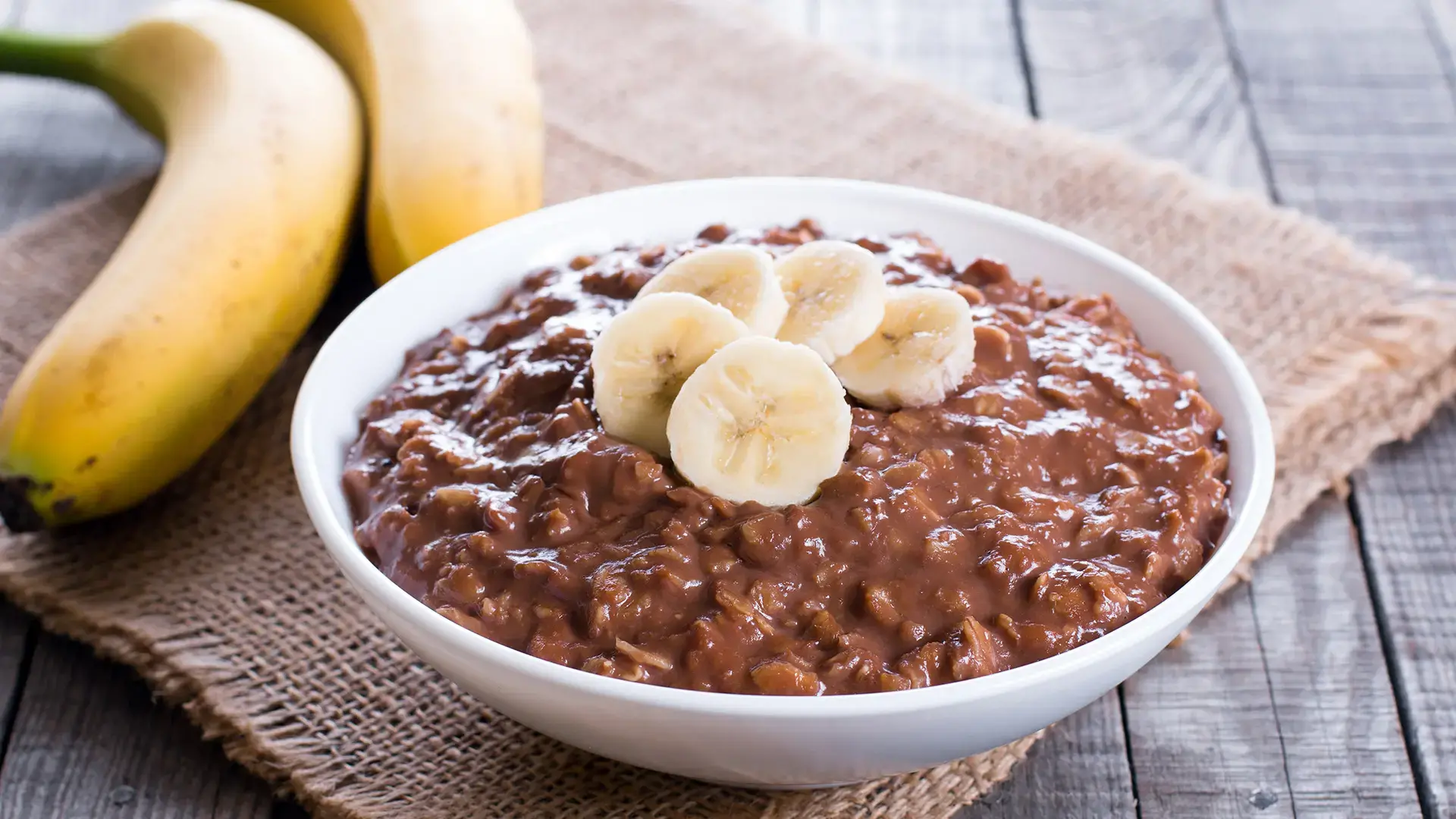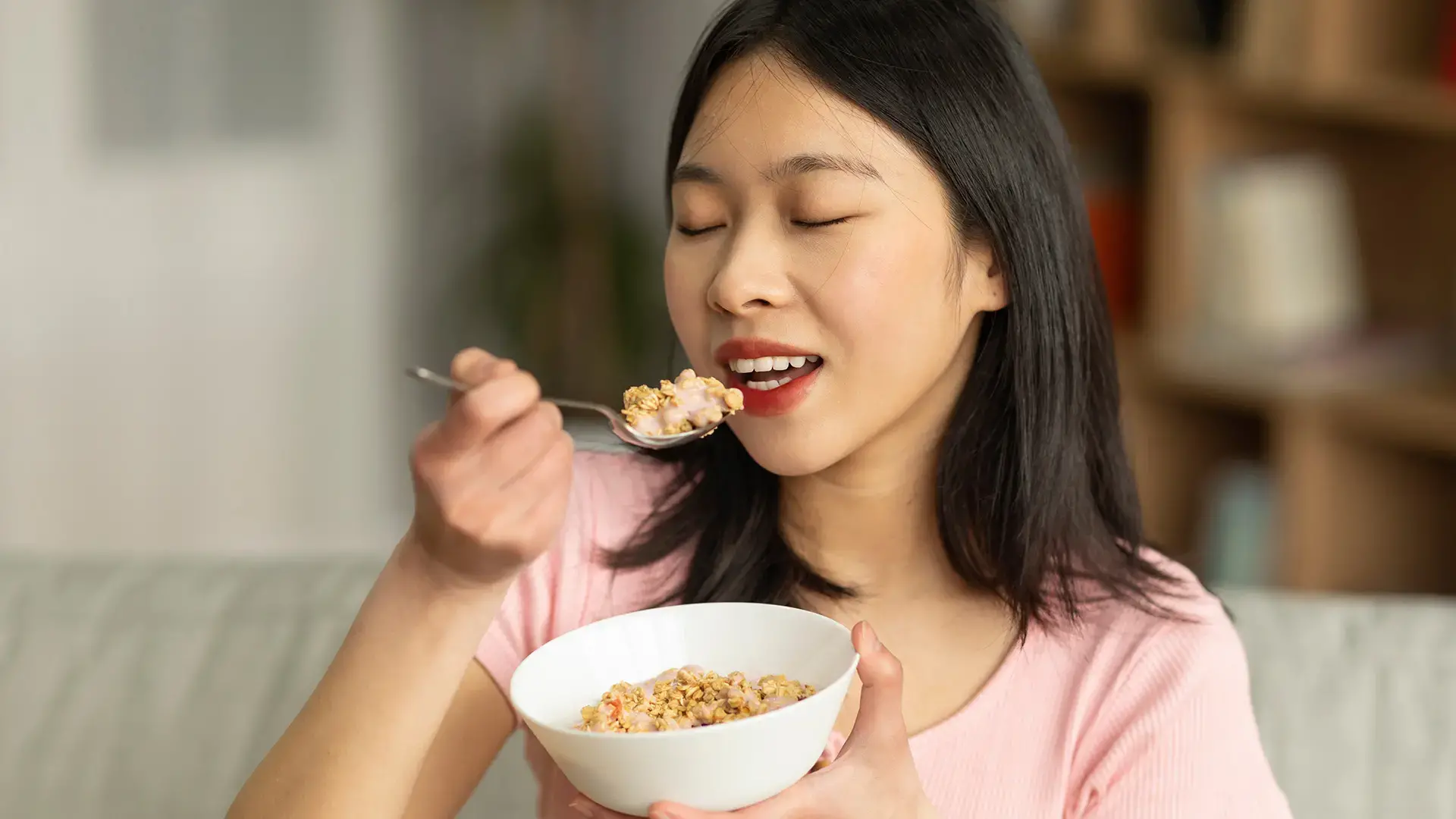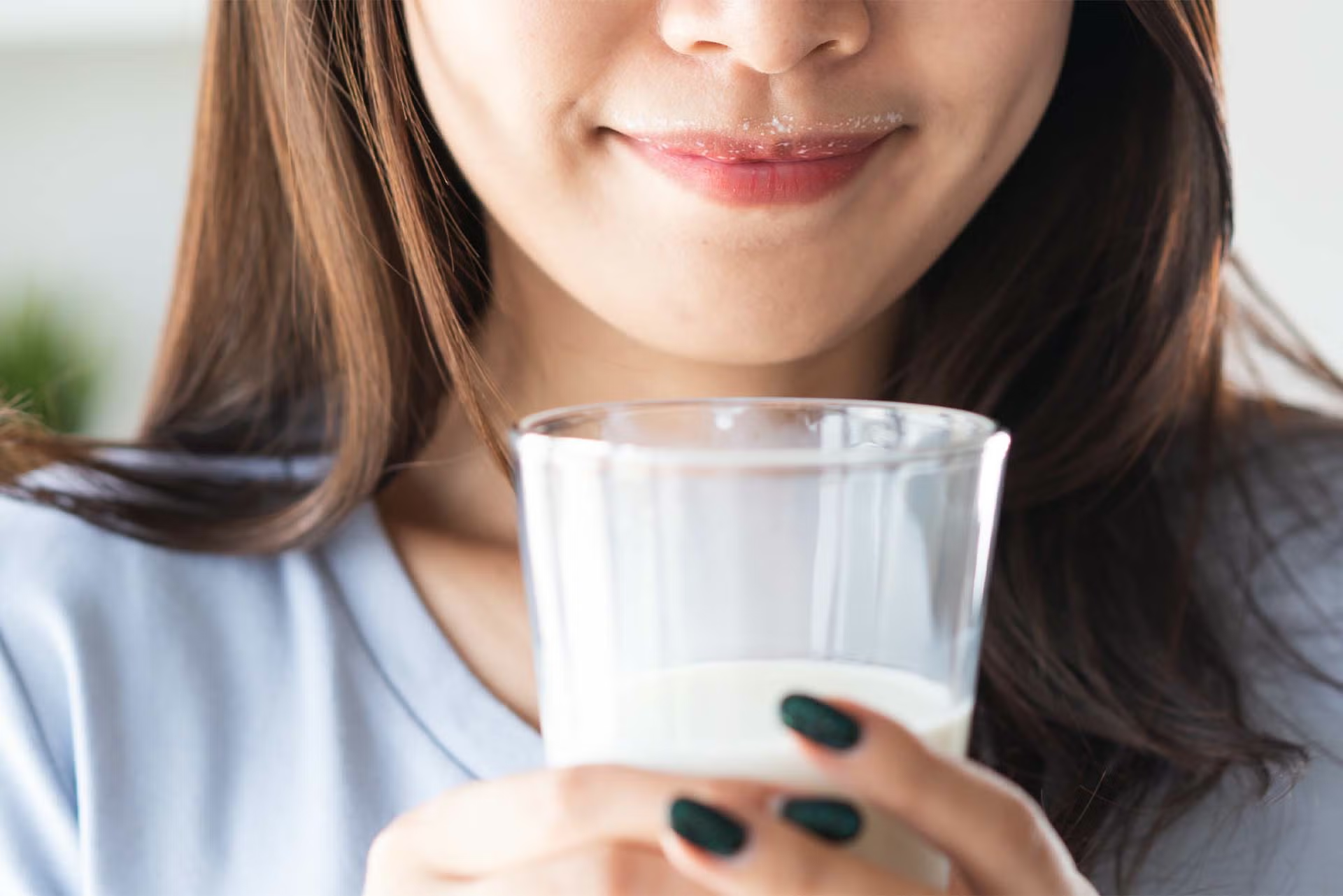Anemia is what happens when a body lacks hemoglobin, also known as healthy red blood cells. These carry oxygen to the body’s tissues to generate energy. If you’re wondering why anemic people are pale and weak, this here is the gist of it.
Some people are more susceptible to the condition. Pregnant women’s bodies, for example, go through an increased demand for iron. People with inflammations and infections, on the other hand, undergo significant iron loss. But for some, it’s more along the lines of not eating right. The first two groups can chalk it up to circumstance. The last group, however, can alleviate their situation through food intake.



